Baltimore, Maryland, is the home of the Orioles baseball team, the blue crab, and also the “Lost Dog Guy.” Bob Swensen is known among local dog lovers as their own animal-saving superhero.
Except his power isn’t superhuman strength or laser vision. His “superpower” is reuniting pet parents with their lost family members. In fact, he’s helped over one thousand dogs, cats, horses, turtles, and other critters make their way back home.
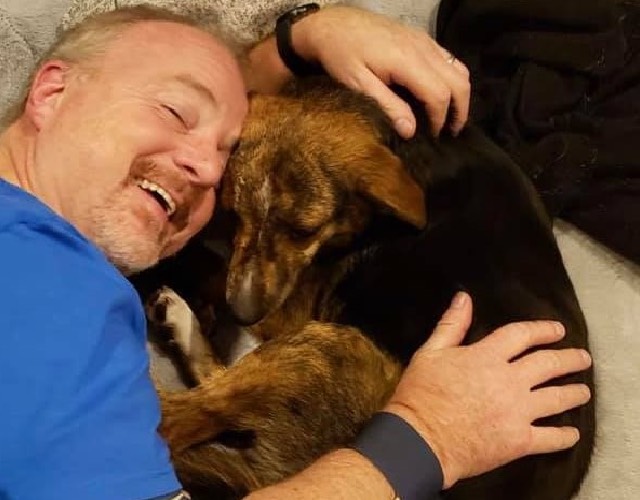
Most dog owners assume that if their dog gets lost, they will simply hear their name and instantly come running. But unfortunately, that isn’t how it works most of the time.
When a dog has become lost and is afraid, they enter survival mode. When they enter this state, they sometimes don’t even recognize their own mom and dad. So there are specific strategies that need to be executed if their family hopes to have them come back home.
“You can’t catch them. Survival mode does strange things to a dog. It puts them in a feral, almost wild-animal instinct. They are going to avoid every threat, every noise, and every movement, even from the owners,” explains Bob.
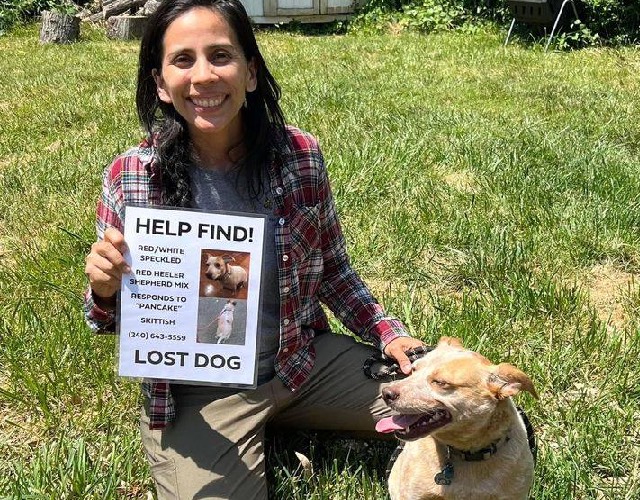
That’s when Bob steps in. He has the knowledge and experience needed to help. When someone calls to tell him their dog is lost, he walks them through exactly what to do.
He first found himself in the “dog finding business” when he needed help locating a lost dog that was close to his heart. Bob learned skills like tracking, trapping, setting-up feeding stations, and the importance of plastering an area with posters.
In fact, Bob became so passionate about finding lost dogs that two years ago, he and co-founders Denise Harris and Carmen Brothers started a nonprofit called The Lost Animal Resource Group (LARG). They never ask for any money, and together, they have helped over 1,500 animals find their way back home this year alone. Bob explains that two of the most important things to do when looking for your lost dog are to hang plenty of posters and to use calming signals, since dogs can sense anxiety.
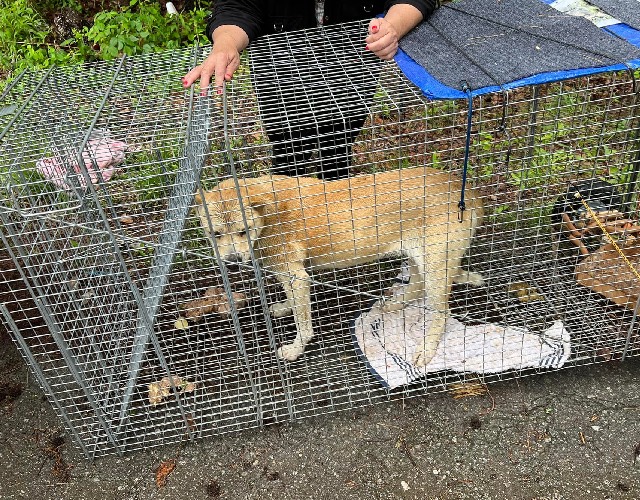
“You have to be a calming force. They’re torn up, emotional, broken, frantic, and distraught. You have to control your emotions but it’s hard,” emphasizes Bob.
While spreading the word on social media can certainly help, Bob is adamant about posters being the number one method for recovering a lost pet. He suggests starting with a minimum of 100 posters and hanging them all over the area you last saw your lost pup. This way, once someone spots them, they know exactly how to call and let you know.
Then, when the calls and texts start flooding in, you can track their movements and see if there’s a pattern. This will give you an idea of where they’re currently hiding and gives you a better chance of trapping or luring in your furry family member.
“Dogs usually return to the point of escape, home, or the last place they saw their family,” said Bob.
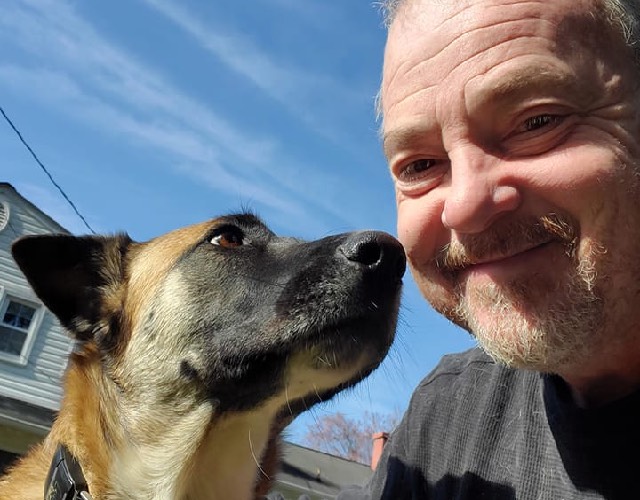
With a record like he has, we’re keen to believe him. If you are looking for help locating a lost dog in the Baltimore area, or you’re interested in learning more about Bob and his nonprofit, you can check out their Facebook page by clicking here.
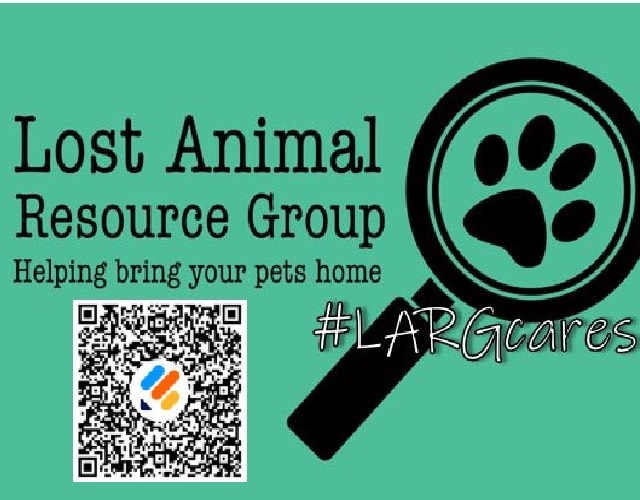
Featured Image: Facebook
 Toledo, United States.
Toledo, United States.